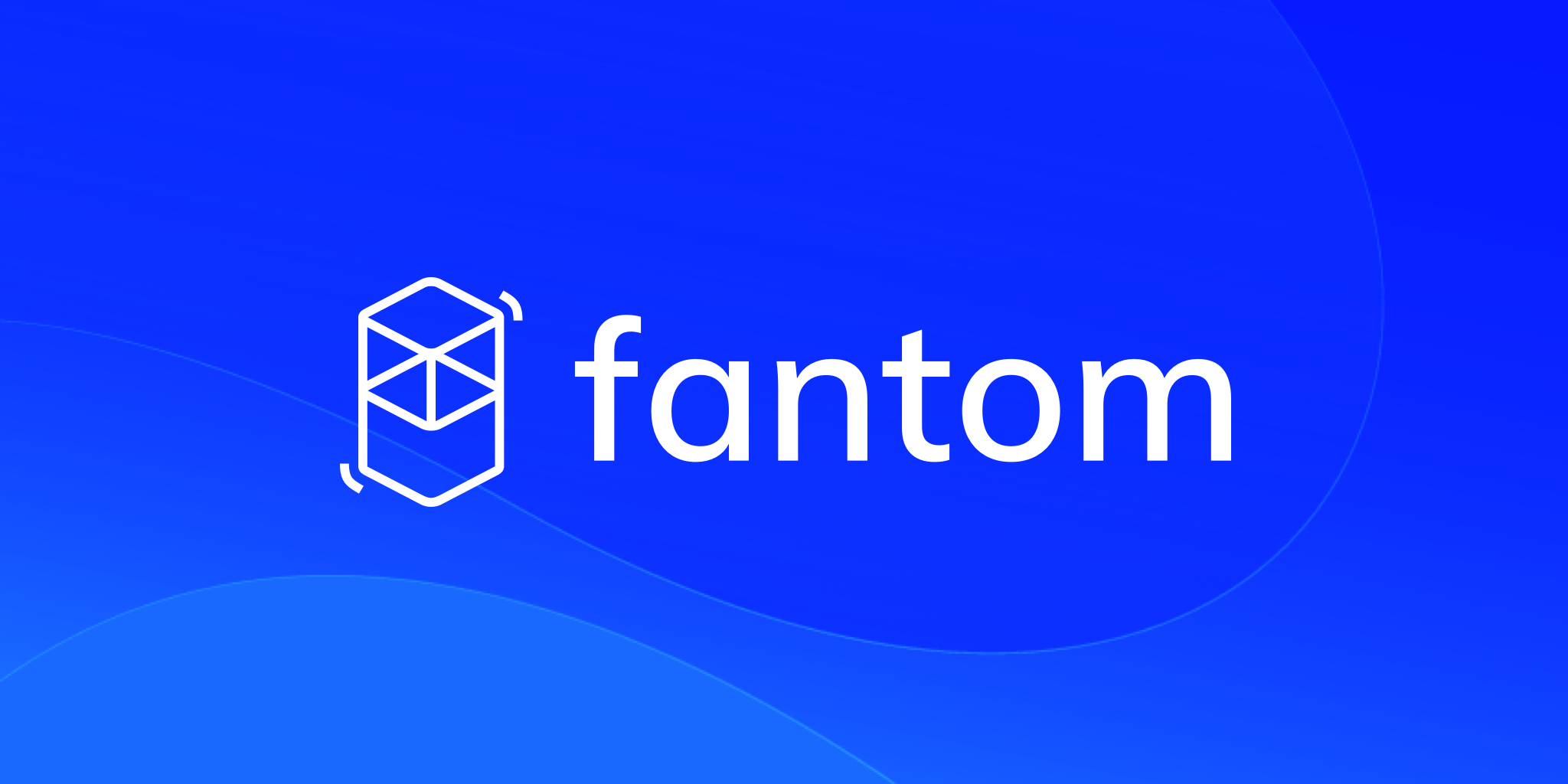Fantom Crypto: Everything You Need to Know in 2022
In 2021, the South Korean project Fantom began to acquire traction in Europe, despite the fact that it was already well-known in Asia for its technological solutions. It focuses on the blockchain trilemma: how to maintain decentralisation and security while also addressing the...

In 2021, the South Korean project Fantom began to acquire traction in Europe, despite the fact that it was already well-known in Asia for its technological solutions. It focuses on the blockchain trilemma: how to maintain decentralisation and security while also addressing the scaling issue. A thorough examination of the FTM coin, which runs on Opera’s own network, shows all of the project’s peculiarities and analyses its possibilities.
The FTM Cryptocurrency has a Long History
Fantom FounDAtion Ltd, a South Korean fund, was established in 2018. Professor An Byung Ik was appointed as its leader. He is the president of the Korea Food-Tech Association and the CEO of the popular cafe and restaurant rating app SikSin.
The blockchain project will be managed by the Fantom FounDAtion fund, network validators, and delegates in the fall of 2021. However, the authors claim that in the future, the phantom will become even more decentralised. The fund’s power will diminish.
The company’s initial goal was to engage with large corporations and government organisations centred mostly in South Korea. The original partners worked in the food industry, producing, preparing, and distributing food. The fund’s registration was changed to the Cayman Islands, and the development team grew more international, but the organization’s policy changed. DeFi decentralised financing tools have also attracted international partners.
The management of the project has also changed:
Michael Kong is a writer from Hong Kong. General and Information Technology Director. With a degree in Information Technology from the University of Sydney. He was a director at the software business Aiziko and later at the IT company myStake, where he developed an application for managing shares and dividends. Block8 was used to create blockchain-based DApps.
Quan Nguyen is a Vietnamese writer. Technical Director is a job title. Studied at two universities: New South Wales and Sydney, and got a PhD in graphic design after completing postgraduate studies in computer programming (PhD).
Andre Cronier is a French actor. DeFi Architect is the job title. He studied information systems at CTI Education Group after graduating from Stellenbosch University’s Faculty of Law. He is primarily known for inventing Yearn, a DeFi-based moneymaking protocol.
The money was raised over a period of time. Large venture funds have already backed the project, including Arrington XRP Capital, JRR Crypto, Hyperchain Capital, and others.
Features of Cryptocurrency
Fantom is a smart contract-based blockchain platform that is quick, high-performing, and completely open. It is intended for the following purposes: the creation of a single infrastructure that includes previously incompatible platforms, tools for quick operations, and online data sharing.
Fantom’s capabilities will be used by developers in a variety of industries, including telecommunications, electric vehicles, logistics, and finance.
The project overcomes the trilemma of scalability, decentralisation, and security by utilising DAG and the aBFT consensus mechanism. The project ecosystem began to rapidly expand as a result of this, as well as the establishment of the award programme.
Operational principle
The Phantom platform relies on the Opera decentralised network as its foundation. It can process transactions at lightning speed on a big scale, outperforming existing blockchains in terms of speed. There are three tiers to the chain:
- For processing operations, the kernel is used.
- Smart contracts and other functional components require storage.
- Applications that ensure the smooth operation of DApps on the network.
The following items are included in the storage level:
- Interface for open source programming (API).
- Smart contract authoring scripts.
- Wallets are digital wallets that are used to store bitcoins.
- Language for programming.
- For DApps, middleware is used.
Members of the network can get rewards in the system’s native currency thanks to the storage layer.
Transactions, rewards, historical data, reputation, and smart contracts are the five interrelated protocols used at this level. The latter is the vital link via which all of the constituents communicate.
How does this work?
By interacting with the transaction protocol, the store resolves transactions between participants in a transaction.
The historical data protocol collects and handles information about each party’s actions (smart contracts, reputation points, and prizes).
Through the reputation protocol, the vault monitors and updates the scores of any of the transaction participants on a regular basis.
The latter interacts with the rewards protocol to ensure that each participant profited in proportion to his reputation points.
The vault executes transactions between parties based on their transaction histories and reputation points, following the logic of smart contracts. The protocol for historical data is employed.
The asynchronous Byzantine Fault Tolerance consensus method aBFT – Lachesis is the “engine” that drives the entire system. The project team came up with it.
